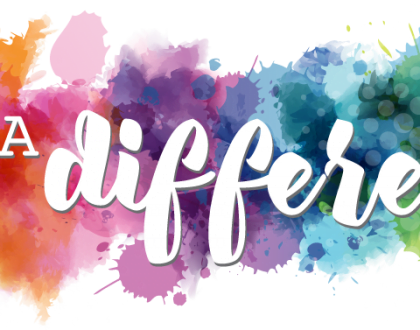Build a Content Plan for Your Website

The good news is that there is a tried and true framework for developing a content plan to ensure that your site can attract qualified visitors and will engage those most likely to become customers.
In this post I’ll share this framework to help you evaluate your business and customers, and develop a strategic content plan to help you meet the needs of your target market, and in turn your own business objectives.
4 Steps to Building a Successful Content Plan
The following steps walk you through a research oriented planning process designed to build a content plan based on the needs of your target market. Rather than the usual brochureware and marketing speak we are aiming here to develop content that answers questions and helps potential customers reach a decision to buy from you. By the time you’re through with this process, you will have created a content plan designed to attract and convert the most qualified visitors to your website.
Step 1: Define the Buying Cycle in Your Business
Your business’ buying cycle in the simplest sense is the journey your customers follow in order to buy a product or service. The customer journey will be different for different industries, longer or shorter depending on the nature of the product. Generally speaking however, a buying cycle follows this basic process…
- Customer Behavior: A potential customer becomes aware of a problem or a need in their life, something they want to overcome or fix. They may not know you can help yet, but they are about to start looking for solutions. They’ll start by asking around and searching online for answers.
- Your Content: What are the questions that a potential customer might start researching related to the problem they are experiencing, and what content could you develop that might help someone with such problems? By answering these questions you can start to position your content as a solution and you can also influence the potential customers buying criteria when they start comparing specific options.
- Customer Behavior: At this stage, the customer has decided that they require a product or service similar to your own to meet their needs. They set about evaluating alternatives and comparing providers to find the one that best meets their criteria.
- Customer Behavior: The consumer has decided what type of product or service they want to address their need and they are ready to purchase.
- Your Content: Buying keywords like ‘…discounts’ or ‘cheap…’ might apply for certain categories of product, while other approaches such as product bundles and bonuses might work for others.
Quite honestly developing content for your website that truly resonates takes a lot of practice, and to start with involves as many misses as hits. But, you stand a much greater chance of getting the mix right if you focus on the buying journey and developing content to meet the particular needs of your target personas. You’ll quickly learn what works and what doesn’t resonate and can build on the successes.
We hope that by following the four steps outlined in this post, you’ll be able to create a clear, purpose-driven content plan for your website.
Did you face any problems with the steps outlined in this post? Do you think we missed a step? We’d love to hear from you so let us know by commenting below!
Recommended Posts

Community Involvement
January 5, 2019

Now offering New R1Soft Packages
March 5, 2018
Why do you need managed hosting?
December 5, 2017
